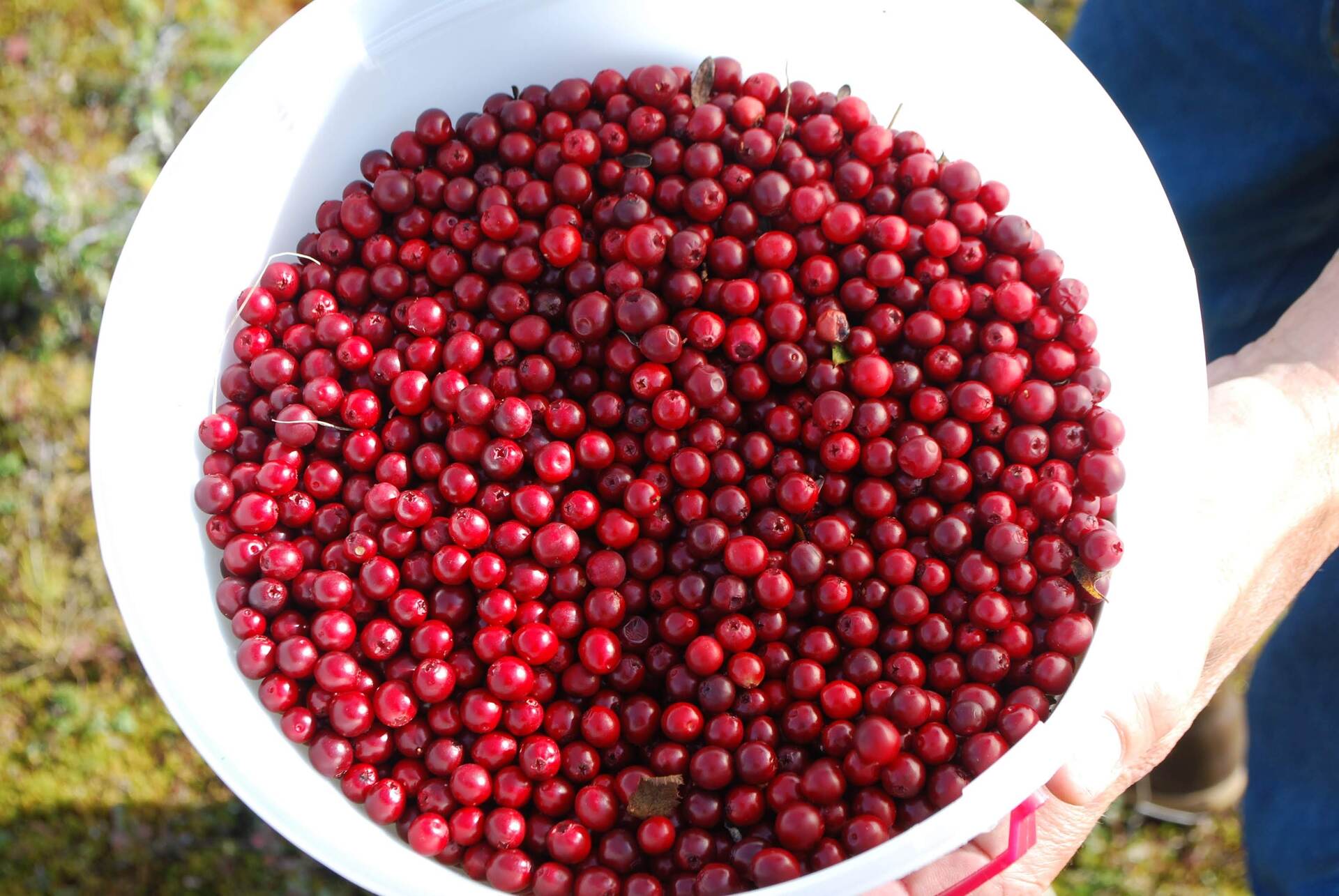

Articles
How To Store Cranberries
Modified: March 14, 2024
Discover proven techniques for storing cranberries in this comprehensive collection of articles. Preserve the freshness and flavor of your cranberries with expert tips and tricks.
(Many of the links in this article redirect to a specific reviewed product. Your purchase of these products through affiliate links helps to generate commission for Storables.com, at no extra cost. Learn more)
Introduction
When the fall season arrives, and the vibrant hues of red start appearing on store shelves, it’s a sure sign that cranberry season is here. These tiny, tart berries are not only delicious, but they also boast an impressive array of health benefits. Whether you plan to use them for cranberry sauce, baking, or adding them to salads, it’s important to know how to properly store cranberries to maintain their freshness and flavor.
In this article, we will explore the importance of proper cranberry storage and provide you with valuable tips and techniques to keep your cranberries in optimal condition for an extended period.
Understanding the Importance of Proper Cranberry Storage
Many of us may not give much thought to the storage of cranberries, assuming that they will remain fresh for weeks. However, cranberries are a delicate fruit, susceptible to spoilage if not stored correctly. Proper storage not only helps preserve their taste and texture but also ensures that they maintain their nutritional value.
When cranberries are exposed to improper storage conditions, such as excessive heat or humidity, they can start to deteriorate quickly. This can result in mold growth, softening, or a loss of flavor. To prevent such issues, it’s essential to take the necessary precautions to store cranberries properly.
Selecting Fresh Cranberries
The first step in ensuring optimal cranberry storage starts with selecting fresh, quality berries. When purchasing cranberries, look for firm and plump fruits that are bright red in color. Avoid berries that are soft, discolored, or have any signs of mold. These visual cues are indications of cranberries that may not last long or offer the best flavor.
If possible, consider purchasing cranberries directly from a local grower or farmer’s market, as they are likely to be fresher and have been handled with care.
Preparing Cranberries for Storage
Before storing cranberries, it’s crucial to give them a thorough rinse under cold water. This step helps remove any dirt, debris, or pesticide residues that may be present on the berries. After rinsing, pat them dry gently with a paper towel or use a clean kitchen towel to absorb excess moisture. Ensure that the berries are completely dry before moving on to the storage process.
By properly preparing cranberries before storage, you can minimize the chances of any bacterial growth and maintain their freshness for an extended period.
Key Takeaways:
- Proper storage of cranberries is crucial to maintain their freshness, flavor, and nutritional value. Understanding key factors like temperature, humidity, and light exposure is essential for preserving their quality and preventing spoilage.
- Selecting fresh cranberries, preparing them correctly before storage, and exploring alternative preservation methods can extend their shelf life. With proper storage, cranberries can be enjoyed in a variety of dishes throughout the year, adding a burst of tangy flavor and nutritional benefits.
Read more: How To Store Fresh Cranberries
Understanding the Importance of Proper Cranberry Storage
Many of us may not give much thought to the storage of cranberries, assuming that they will remain fresh for weeks. However, cranberries are a delicate fruit, susceptible to spoilage if not stored correctly. Proper storage not only helps preserve their taste and texture but also ensures that they maintain their nutritional value.
When cranberries are exposed to improper storage conditions, such as excessive heat or humidity, they can start to deteriorate quickly. This can result in mold growth, softening, or a loss of flavor. To prevent such issues, it’s essential to take the necessary precautions to store cranberries properly.
One of the key factors affecting cranberry storage is temperature. Cranberries prefer cool temperatures, ideally around 32 to 40 degrees Fahrenheit (0 to 4 degrees Celsius). At these temperatures, the berries have a longer shelf life and are less likely to spoil. Additionally, storing cranberries at colder temperatures can help retain their vibrant color and firm texture.
Humidity is another crucial factor when it comes to cranberry storage. The berries prefer a moderately humid environment, around 90 to 95 percent relative humidity. However, excessive humidity can lead to moisture buildup on the berries, promoting the growth of mold or bacteria. On the other hand, low humidity can cause the berries to dry out and become shriveled.
Another aspect to consider is light exposure. Cranberries are sensitive to light and prolonged exposure to sunlight or artificial light can cause them to deteriorate faster. Therefore, it’s best to store cranberries in a dark or opaque container to protect them from light.
Lastly, proper ventilation is essential for cranberry storage. Adequate airflow helps prevent the buildup of condensation, which can lead to moisture-related issues. It’s important to avoid storing cranberries in airtight containers, as this can trap moisture and lead to faster spoilage.
By understanding the importance of temperature, humidity, light exposure, and ventilation, you can implement the necessary measures to ensure proper cranberry storage. Following these guidelines will help preserve the quality and freshness of cranberries, allowing you to enjoy their taste and nutritional benefits for an extended period of time.
Selecting Fresh Cranberries
The first step in ensuring optimal cranberry storage starts with selecting fresh, quality berries. When purchasing cranberries, look for firm and plump fruits that are bright red in color. Avoid berries that are soft, discolored, or have any signs of mold. These visual cues are indications of cranberries that may not last long or offer the best flavor.
If possible, consider purchasing cranberries directly from a local grower or farmer’s market, as they are likely to be fresher and have been handled with care. Local cranberries are often harvested at their peak ripeness, ensuring better flavor and quality overall.
When buying pre-packaged cranberries in a grocery store, take a minute to inspect the package. Ensure that the package is intact and free from any signs of damage or leakage. This helps ensure that the cranberries have not been compromised during transportation or storage.
Additionally, check the expiration or best-by date on the package. Choose cranberries with a date that is further out to allow for a longer storage period. However, it’s important to note that even with a later expiration date, proper storage is still necessary to maintain the quality of the cranberries.
Remember, freshness is key when it comes to cranberries. The fresher the berries, the longer they will last and the better they will taste in your recipes.
By selecting fresh cranberries, you are setting the foundation for successful storage. These high-quality berries will be more likely to maintain their freshness and flavor throughout the storage period.
Preparing Cranberries for Storage
Before storing cranberries, it’s crucial to give them a thorough rinse under cold water. This step helps remove any dirt, debris, or pesticide residues that may be present on the berries. After rinsing, pat them dry gently with a paper towel or use a clean kitchen towel to absorb excess moisture. Ensure that the berries are completely dry before moving on to the storage process.
By properly preparing cranberries before storage, you can minimize the chances of any bacterial growth and maintain their freshness for an extended period.
Once the cranberries are dry, you have a few options for packaging and storing them. One popular method is to store them in the original packaging they came in, as it is specifically designed to keep the berries fresh. If the original packaging is damaged or not suitable for storage, transfer the cranberries to a clean, airtight container or resealable plastic bag. Make sure the container or bag is food-grade and doesn’t have any strong odors that could transfer to the cranberries.
When using airtight containers or bags, leave a small amount of headspace to account for any expansion that may occur as the cranberries freeze or chill. You can also consider adding a layer of paper towel at the bottom of the container or bag to absorb any excess moisture and help keep the cranberries dry.
Label the container or bag with the date of storage to keep track of their freshness. It’s always best to use the oldest cranberries first to ensure they are consumed or used before any potential quality declines.
After transferring the cranberries to the storage container, place them in a cool and dark location, such as a refrigerator or freezer. This will provide the optimal conditions to preserve their quality and flavor.
It’s worth noting that if you plan to store cranberries for an extended period, freezing them is usually the best option. Freezing not only helps maintain their freshness for several months but also allows you to have cranberries on hand throughout the year.
By properly preparing cranberries before storage and choosing suitable storage containers, you can help ensure their longevity and quality. Following these steps will help you maintain a stock of fresh cranberries for all your culinary adventures.
Storing Cranberries in the Refrigerator
When it comes to storing cranberries in the refrigerator, there are a few key steps to follow to keep them fresh and flavorful for as long as possible.
Firstly, make sure that you have properly prepared the cranberries by rinsing them under cold water and patting them dry. This helps remove any dirt or debris and reduces the chances of bacterial growth.
Next, transfer the cranberries to a clean, airtight container or resealable plastic bag. If using a container, consider lining it with a layer of paper towel to absorb excess moisture. It’s important to leave some headspace in the container to allow for any expansion. Seal the container or bag tightly to prevent air from entering.
Label the storage container with the date to keep track of their freshness. Remember to use the oldest cranberries first to ensure they are consumed or used before any potential quality decline.
Place the cranberries in the refrigerator, preferably in the crisper drawer or a section where the temperature is consistently cool. The ideal temperature range for cranberries in the refrigerator is around 32 to 40 degrees Fahrenheit (0 to 4 degrees Celsius).
Keep in mind that cranberries stored in the refrigerator can remain fresh for up to 2-3 weeks. However, their quality may start to decline after the first week. Therefore, it’s best to use them as soon as possible to enjoy their peak flavor and texture.
Remember to check the cranberries occasionally during storage. Discard any berries that show signs of mold or spoilage immediately to prevent it from spreading to the rest of the batch.
Storing cranberries in the refrigerator is a convenient method to keep them fresh for a short period. By following these steps, you can maximize the shelf life and enjoy the fresh taste of cranberries in your recipes.
Store cranberries in the refrigerator in a breathable container, such as a paper bag, for up to 4 weeks. Avoid washing them until ready to use to prevent spoilage.
Read more: How To Store Sugared Cranberries
Freezing Cranberries for Long-Term Storage
If you want to store cranberries for an extended period, freezing is the best method to maintain their freshness and flavor. Freezing cranberries is a simple process that allows you to enjoy these delicious berries throughout the year.
Here’s how you can freeze cranberries:
- Start by rinsing the cranberries under cold water to remove any dirt or debris. Discard any berries that are soft, discolored, or have signs of mold.
- Dry the cranberries thoroughly by patting them with a paper towel or clean kitchen towel. It’s important to remove excess moisture to prevent the formation of ice crystals.
- Spread the cranberries in a single layer on a baking sheet or tray lined with parchment paper. Make sure the berries are not touching each other, as this helps prevent them from freezing together in clumps.
- Place the baking sheet with the cranberries in the freezer and let them freeze for about 2-4 hours, or until they are firm to the touch.
- After the cranberries have frozen, transfer them to airtight freezer bags or containers. Squeeze out any excess air from the bags or containers before sealing them tightly. Label the bags or containers with the date of freezing for easy reference in the future.
- Return the cranberries to the freezer and store them at a consistent temperature of 0 degrees Fahrenheit (-18 degrees Celsius) or below.
Frozen cranberries can remain in good condition for up to 12 months. However, for the best quality, it’s recommended to use them within 6-8 months.
When you’re ready to use the frozen cranberries, there’s no need to thaw them. You can directly add the frozen berries to your recipes, such as smoothies, sauces, or baked goods. Freezing does not significantly affect the flavor or texture of cranberries, making them a convenient option for long-term storage.
Remember to reseal the freezer bags or containers tightly after each use to prevent freezer burn and maintain the cranberries’ freshness.
Freezing cranberries is an excellent way to preserve these tangy fruits for an extended period. By following these simple steps, you can enjoy the taste of fresh cranberries all year round.
Preserving Cranberries in Other Forms
If you’re looking for alternative ways to preserve cranberries beyond refrigeration or freezing, there are a few other methods you can try. These methods allow you to enjoy the flavor and benefits of cranberries in different forms.
Cranberry Sauce:
One popular way to preserve cranberries is by making cranberry sauce. Cranberry sauce can be easily made by cooking cranberries with sugar and other ingredients like orange zest or cinnamon. The sugar acts as a natural preservative, helping to prolong the shelf life of the sauce. Store the cranberry sauce in sterilized jars and seal them tightly. These jars can be stored in the refrigerator for a few weeks or processed in a water bath canner for longer shelf life.
Cranberry Juice:
If you enjoy cranberry juice, you can make your own at home and store it for later use. Simply blend fresh cranberries with water, sweeten to taste, and strain the mixture to remove any pulp or skins. Pour the juice into sterilized containers and store them in the refrigerator for up to a week. If you want to store cranberry juice for a longer period, freeze it in ice cube trays and transfer the cubes to freezer bags.
Dried Cranberries:
Drying cranberries is another great way to preserve them. You can dry cranberries in a food dehydrator, oven, or even under the sun. Start by rinsing the cranberries and patting them dry. Then, spread them in a single layer on a baking sheet or dehydrator tray and dry them at a low temperature until they become dry and pliable. Once dried, store the cranberries in an airtight container in a cool, dry place. Dried cranberries have a long shelf life and can be used in a variety of recipes, such as trail mixes, baked goods, or salads.
Cranberry Compote:
Another option is to make cranberry compote, a sweet and tart fruit syrup. Compote is made by cooking cranberries with sugar and other flavorings like citrus zest or spices. This thick sauce can be stored in sterilized jars and refrigerated for several weeks. It’s delicious as a topping for desserts, pancakes, or yogurt.
Preserving cranberries in these alternative forms allows you to have a variety of options for incorporating cranberries into your recipes. Experiment with different preservation methods to find the ones that suit your taste preferences and cooking needs.
Tips for Using Stored Cranberries
Now that you have successfully stored cranberries, it’s time to put them to good use in your culinary creations. Here are some tips to make the most of your stored cranberries:
- Thawing Frozen Cranberries: If you have frozen cranberries, there’s no need to thaw them before using them in recipes. You can add them directly to your favorite dishes, sauces, or smoothies. The frozen cranberries will thaw quickly and still retain their vibrant color and flavor.
- Adjusting Sugar Levels: When using stored cranberries, keep in mind that they might have slightly less sweetness compared to fresh berries. Adjust the amount of sugar in your recipes accordingly to balance the tartness of the cranberries.
- Experimenting with Recipes: Cranberries are versatile and can be used in a wide range of dishes. Get creative and experiment with different recipes to discover new ways to enjoy cranberries. They can be used in pies, cakes, bread, scones, salads, and even savory dishes like cranberry chutney or cranberry-stuffed poultry.
- Pairing with Other Flavors: Cranberries have a tart flavor that pairs well with various ingredients. Consider combining them with complementary flavors like orange zest, cinnamon, vanilla, or even a touch of maple syrup to enhance their taste and create a more complex flavor profile.
- Preserving the Nutritional Value: Cranberries are packed with antioxidants and nutrients. To retain their nutritional value, avoid overcooking them or exposing them to high heat for a prolonged period. Lightly cooking or simmering cranberries is sufficient to release their flavor while preserving their health benefits.
- Exploring Beyond Sweet Dishes: While cranberries are often associated with sweet recipes, don’t limit yourself. They can add a tangy twist to savory dishes as well. Consider incorporating cranberries into sauces, marinades, or stuffing for a delicious and unexpected flavor combination.
- Enjoying Beyond the Holiday Season: Although cranberries are often associated with holiday meals, don’t restrict their use to just that time of year. With proper storage, you can enjoy cranberries throughout the year, incorporating them into your everyday cooking and baking adventures.
By following these tips and letting your culinary creativity shine, you can make the most of your stored cranberries and savor their unique flavor in a variety of dishes. So don’t let those stored cranberries go to waste; whip up something delicious and enjoy the tart and tangy goodness they bring to your meals.
Conclusion
Cranberries are a delightful fruit that adds a burst of tangy flavor to a wide array of dishes. Knowing how to store cranberries properly is essential to maintain their freshness, flavor, and nutritional value. Whether you choose to store them in the refrigerator, freezer, or preserve them in other forms like sauce or dried berries, following the proper techniques ensures their longevity.
By selecting fresh cranberries, preparing them correctly before storage, and implementing the right conditions, you can extend their shelf life and enjoy their delicious taste throughout the year. Storing cranberries not only allows you to have this versatile ingredient on hand whenever inspiration strikes but also helps avoid unnecessary waste.
Remember to take note of key factors such as temperature, humidity, light exposure, and ventilation when storing cranberries. These factors play a crucial role in preserving their quality and preventing spoilage. Additionally, exploring alternative methods of preservation like making cranberry sauce, juice, or drying the berries can expand your culinary possibilities and add variety to your recipes.
Whether you’re using stored cranberries in sweet desserts like pies or muffins, savory dishes like sauces or stuffing, or enjoying the tangy burst in beverages like smoothies or cocktails, cranberries can elevate your culinary creations and provide a healthy dose of antioxidants and nutrients.
So, the next time you purchase cranberries during the fall season or have an abundance from your local farmer’s market, use the knowledge and tips you’ve gained from this article to store them properly and make the most of their vibrant flavor and nutritional benefits.
Embrace the versatility of cranberries, experiment with different recipes, and enjoy the delightful taste of these tiny, tart berries all year round.
Frequently Asked Questions about How To Store Cranberries
Was this page helpful?
At Storables.com, we guarantee accurate and reliable information. Our content, validated by Expert Board Contributors, is crafted following stringent Editorial Policies. We're committed to providing you with well-researched, expert-backed insights for all your informational needs.
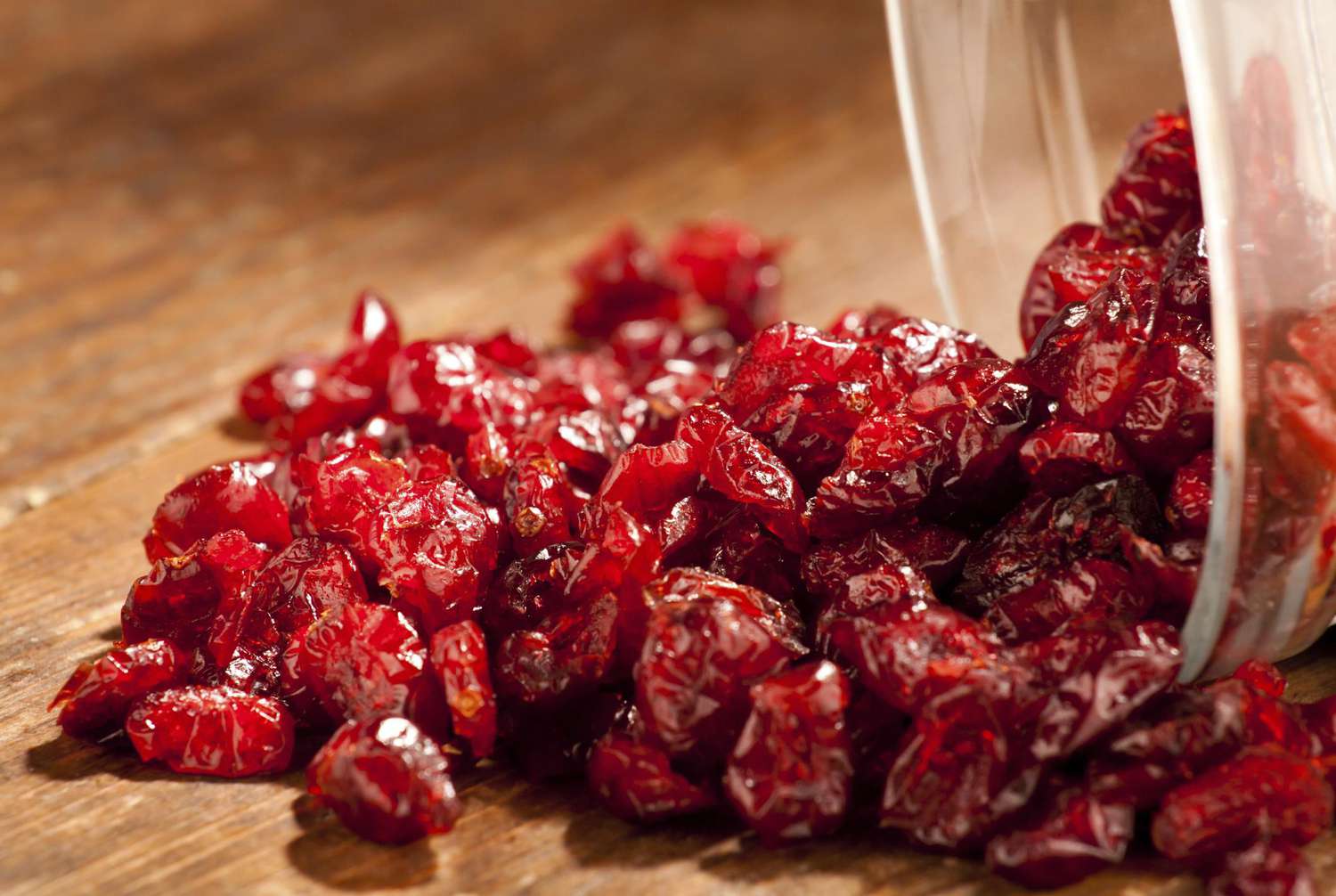
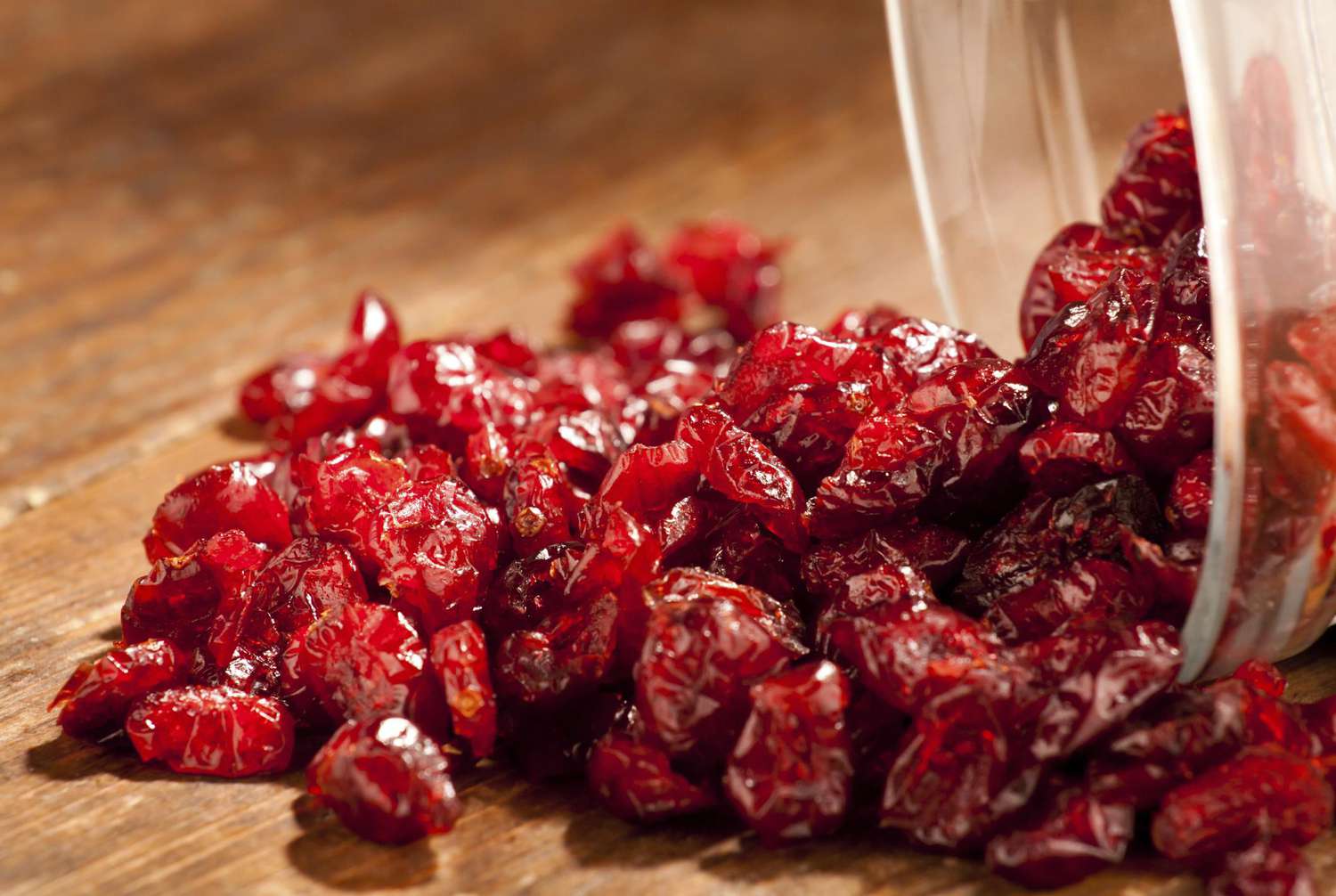
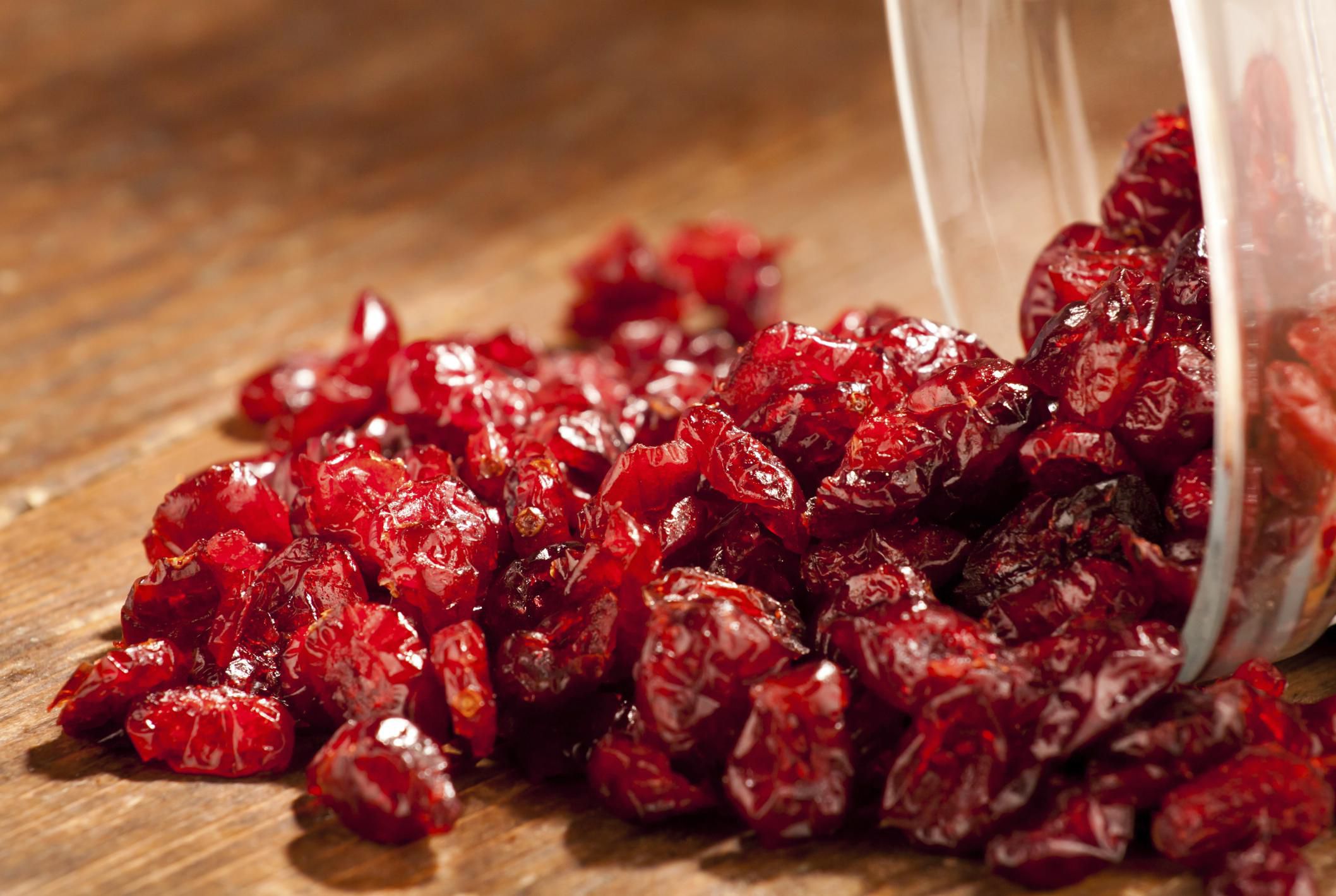
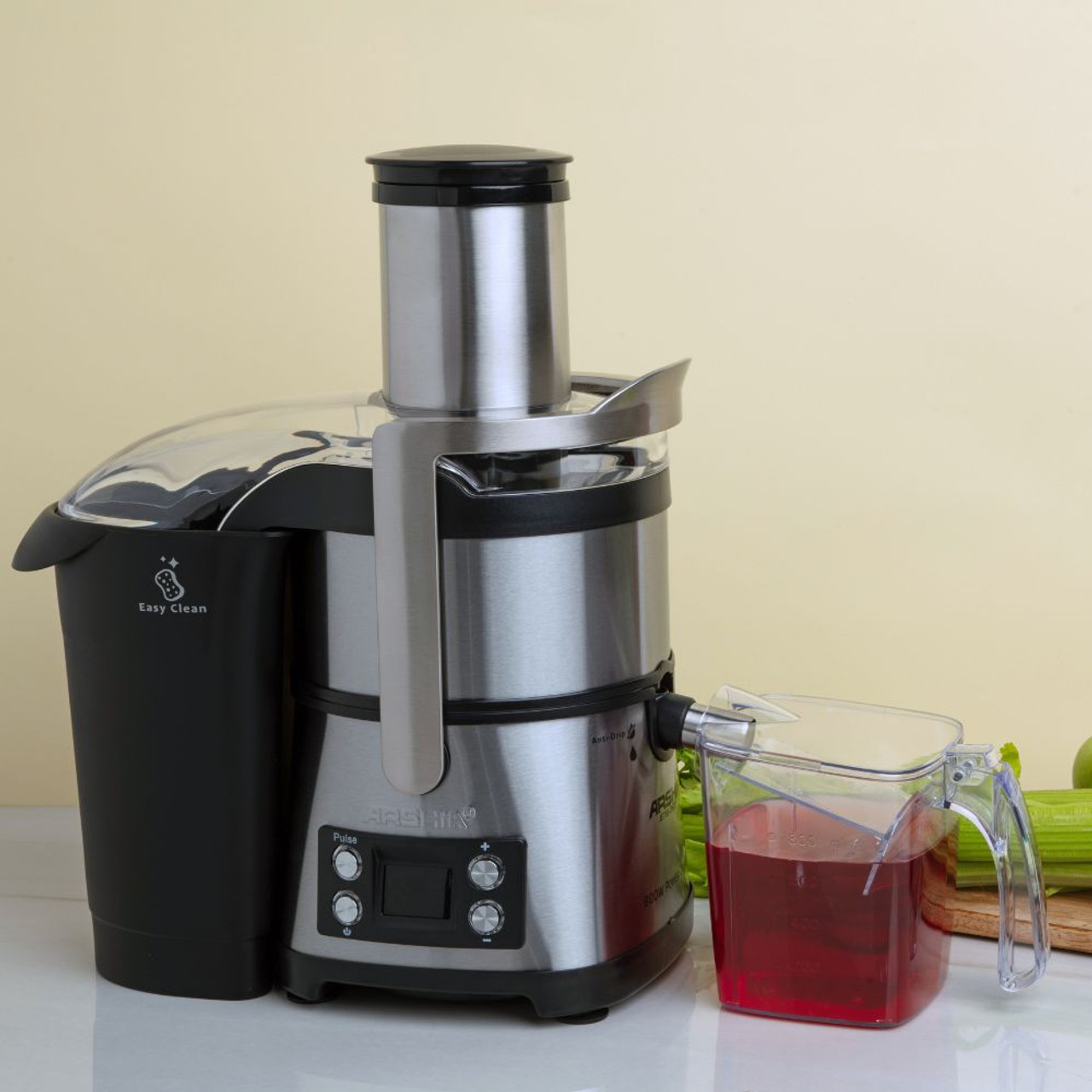
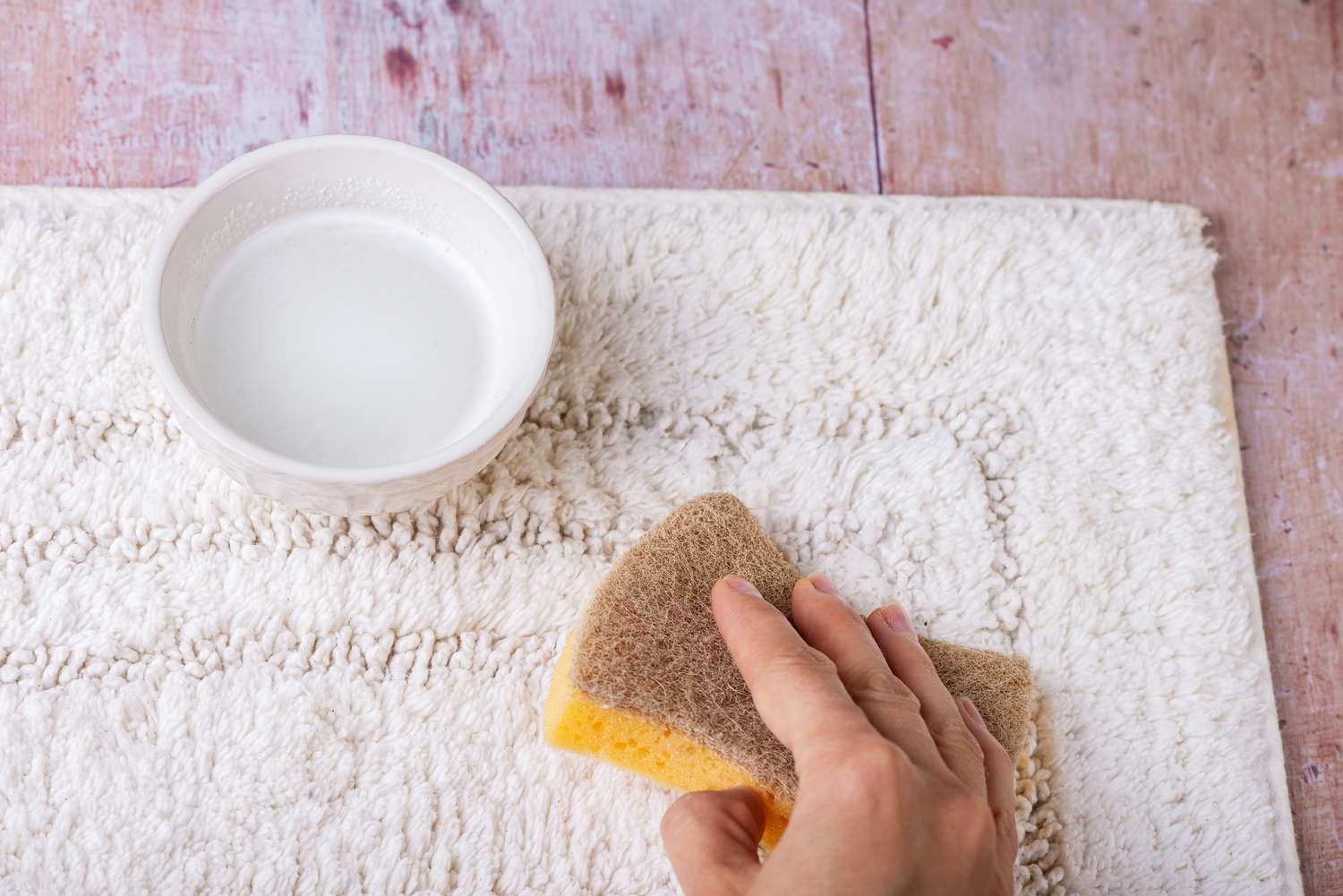
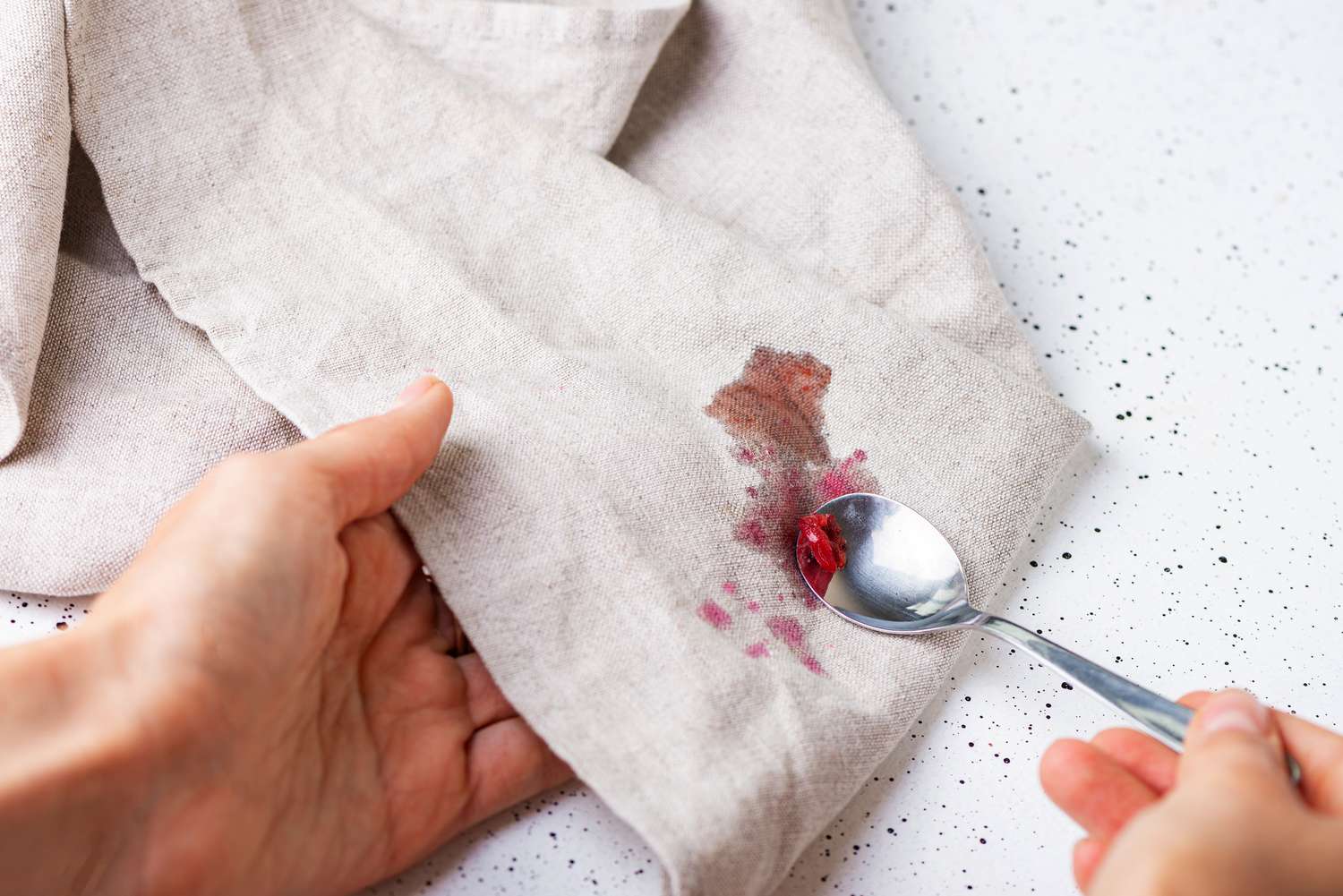
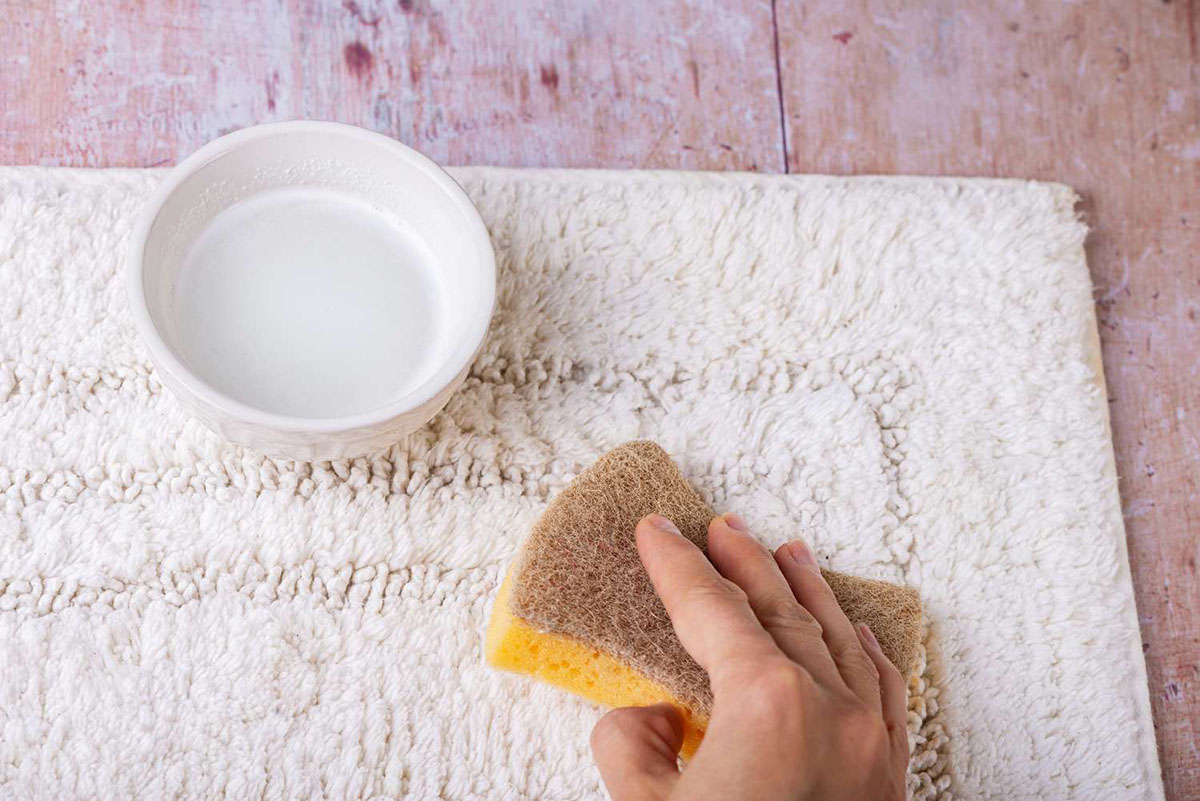




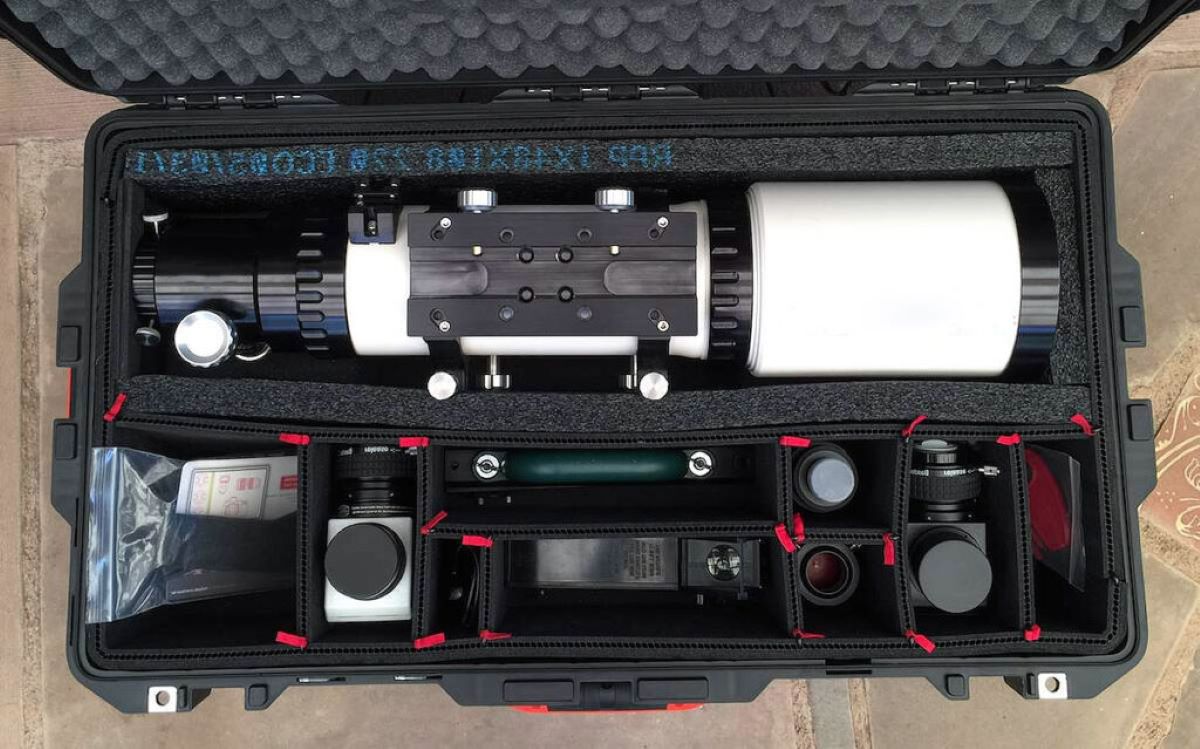
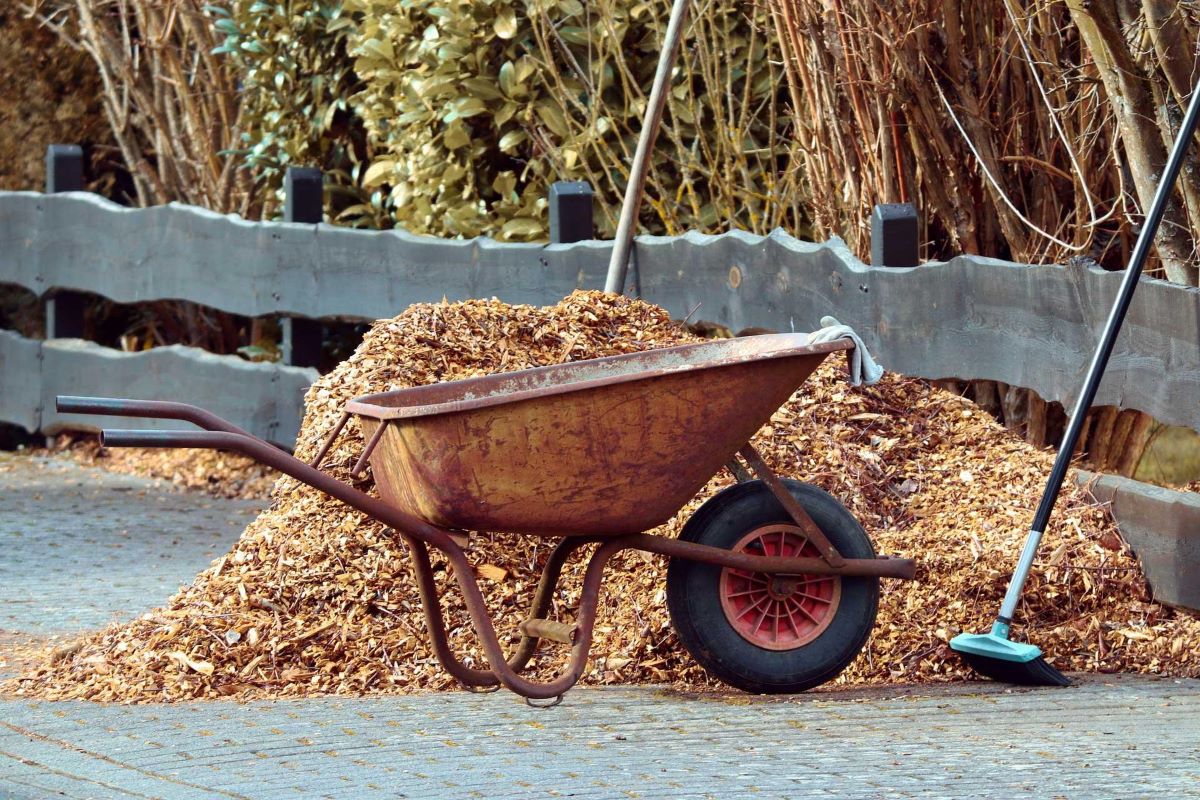
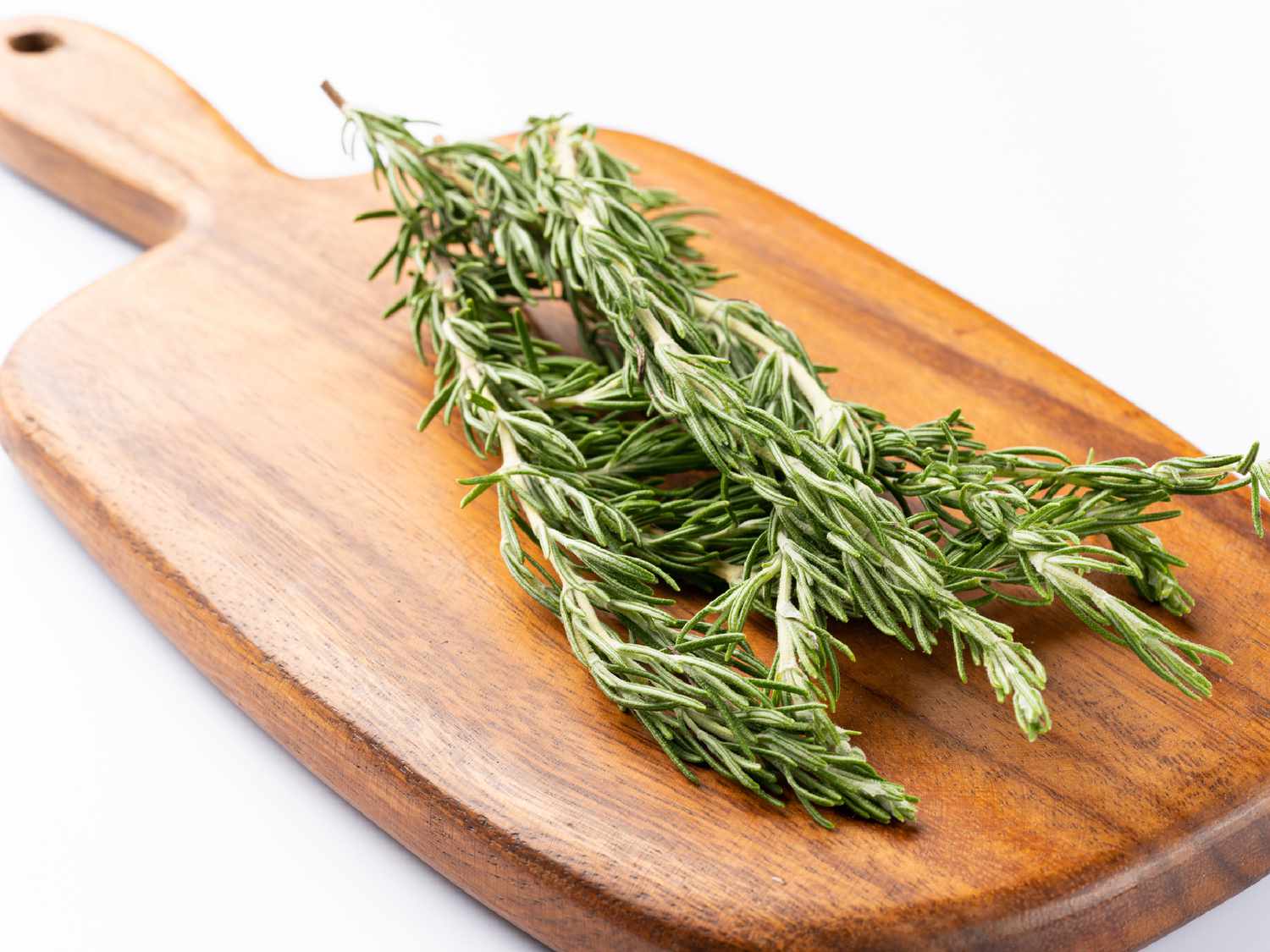

0 thoughts on “How To Store Cranberries”